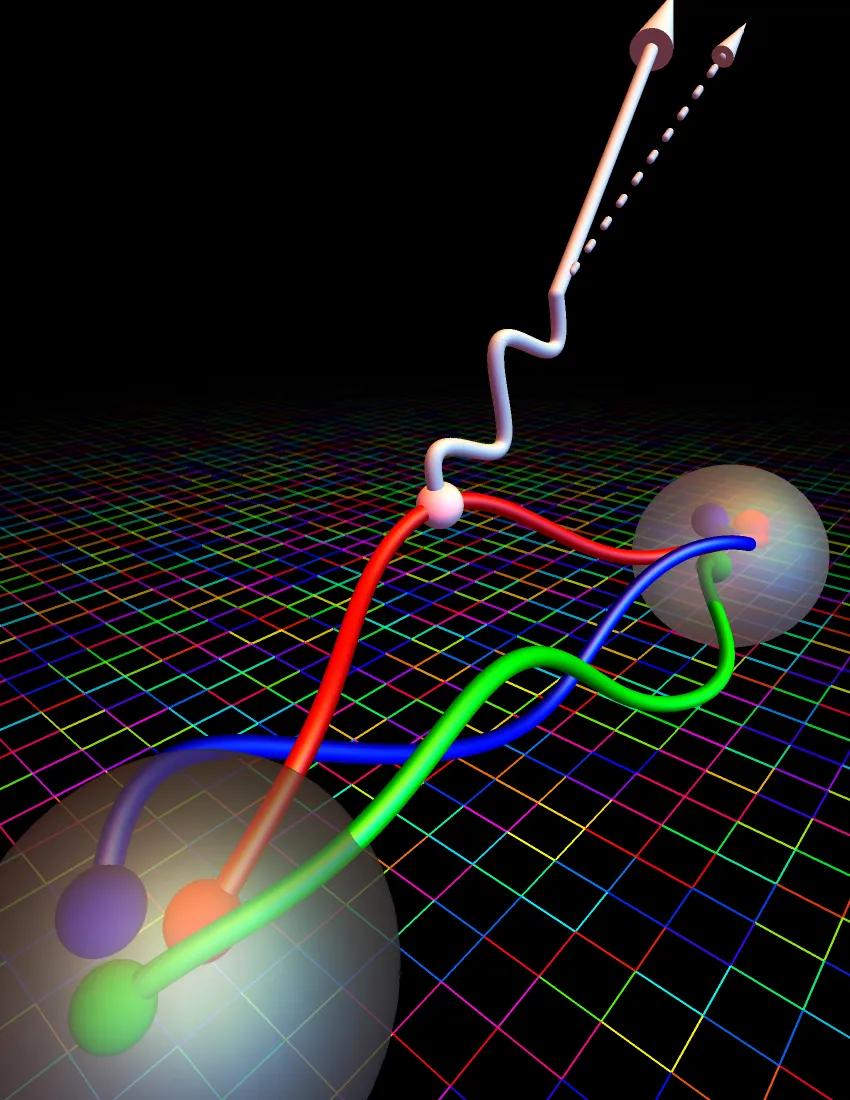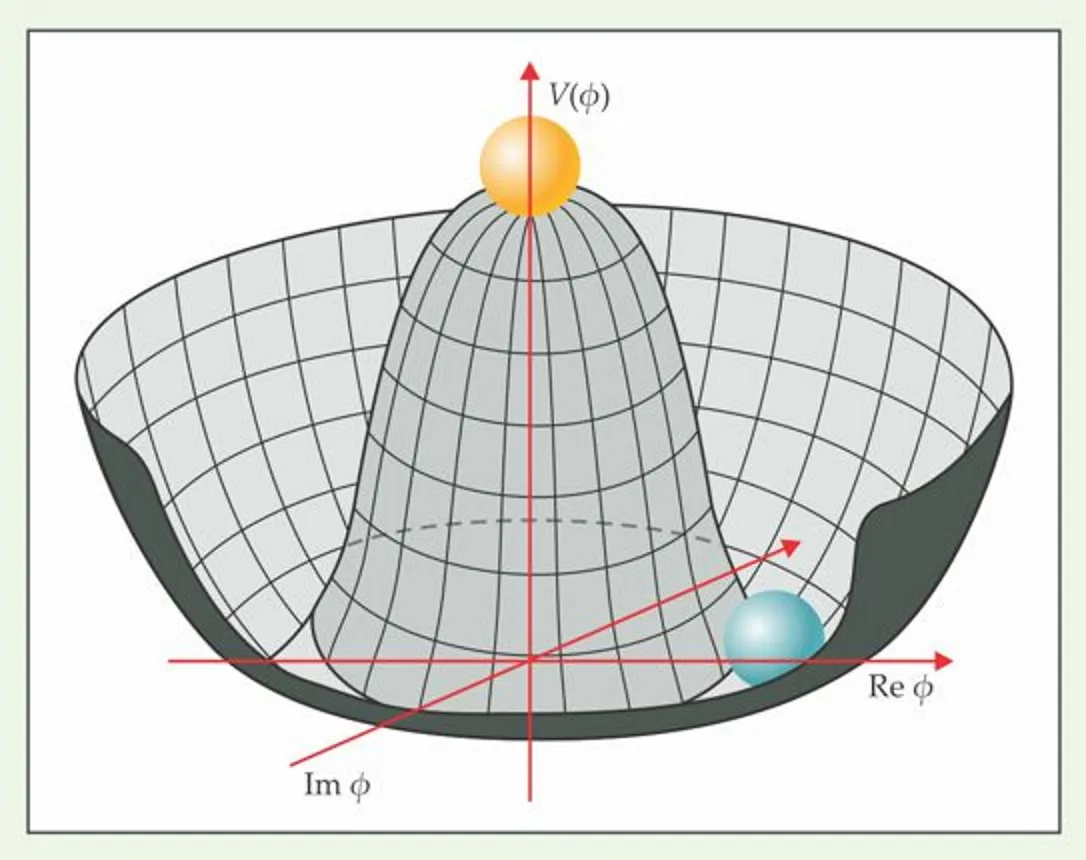"When the electroweak symmetry is broken, the W+ gets its mass by eating the positively charged Higgs, the W- by eating the negatively charged Higgs, and the Z0 by eating the neutral Higgs. The other neutral Higgs becomes the Higgs boson, detected and discovered earlier this decade at the LHC. The photon, the other combination of the W3 and the B boson, remains massless.(BigThink, The Higgs boson’s most captivating puzzle still remains)
The Higgs boson's energy level is about 125 GeV. That means its existence is very short. The Higgs boson is the last particle, that researchers could connect into a standard model. The Higgs boson may be the last particle, that we can find using particle accelerators that fit on Earth. Maybe the Higgs boson is not the particle that Peter Higgs predicted in 1963, but that is speculation.
The Higgs boson is unique because it's the only known scalar boson. There is suspicion that there could be other scalar bosons. But those scalar bosons are not founded yet. And another interesting thing is its interaction. The W boson gets its mass from the Higgs boson, and that means the Higgs boson can interact with weak nuclear force.
"This diagram shows how a free neutron (or antineutron) decays at the subatomic level. A down quark (or antiquark) within a neutron (or antineutron), shown on the left in red, emits a virtual W-(or W+) boson, transforming into an up quark (or antiquark). The W-(or W+) boson forms an electron/electron antineutrino (or positron/electron neutrino) pair, while the up quark (or antiquark) recombines with the original remnant up-and-down quarks (or antiquarks) to form a proton (or antiproton). This is the process behind all beta decays in the Universe." (BigThink, The Higgs boson’s most captivating puzzle still remains)
The four fundamental forces (or interactions) and their transmitting particles are:
Gravitation Graviton (Predicted)
Electromagnetism Photon
Weak nuclear force W and Z bosons.
Strong nuclear force Gluons.
When we are looking at the list of particles that are released when the Higgs boson decays. There is a prediction that decay releases also a gluon pair. So is the Higgs boson the tensor particle that can transform the strong nuclear interaction that transportation particle is gluon to the weak nuclear interaction that transportation particles are W and Z bosons?
If we think that the interaction chain from the gluon to the W boson is this. The gluon transports energy to the Higgs boson, which transports it into the W boson. Then W boson sends energy to the Z boson. And that thing transfers it to the photon.
"When a symmetry is restored (yellow ball at the top), everything is symmetric, and there is no preferred state. When the symmetry is broken at lower energies (blue ball, bottom), the same freedom, of all directions being the same, is no longer present. In the case of the electroweak (or Higgs) symmetry, when it breaks, there’s a spontaneous process that occurs, giving mass to the particles in the Universe." (BigThink, The Higgs boson’s most captivating puzzle still remains)
So, could a series of interactions from the strong nuclear force to the electromagnetism be like this?
Gluon>Higgs boson>W boson>Z boson>photon.
The point of the graviton is a mystery. And that particle's existence is not confirmed. In some visions, the graviton is similar to the electron hole, but the maker of the hole is different from the electron. If things like gluons can make similar holes with electrons that tells why gravitation is so complicated. The gluon itself has no electric load. But it could change its color charge. The gluon can have eight color states. And those color states can act like electromagnetism in the electrons.
In some other versions, the graviton is a virtual particle. The energy walley around the "sombrero model". This thing makes it possible for the energy will transfer to the sombrero-shaped structure that we call material.
However, the remarkable detail in the standard model and known particles is that there are two particles with no confirmed mass. Gluon and photon. In some models, the gluon is a particle that hovers in its electromagnetic or quantum field.
It's possible that if the particle's energy level is high enough and its size is small enough, it can force gravity waves to travel past it. And if those gravity waves cannot touch particles. They have no mass. Or those particles' mass is impossible to measure.
Because energy travels out from the particle it can push other energy fields including gravitational waves around it. The gluon is a small and high-energy particle. That makes it possible for the energy flowing out from the particle can push gravitational waves from around it. That means the gravitational waves cannot touch gluon and that makes it massless. But then gluon releases its energy to Higgs boson.
The weakly interacting massive particles (WIMP) and the dark energy particles are not in the standard model. That means there could be particle groups that are not in that model, and that thing denies information exchange between those particles and known particles. Or those particles are the "missing particles" below the Higgs boson.
In some models, the photon is like an electric arc. That follows something massive but very weakly interacting particles. When that massive particle travels through the quantum fields it makes a channel behind it. When that channel collapses it could form photons. And that means the photon can cover that dark and weakly interacting particle below it.
https://bigthink.com/starts-with-a-bang/higgs-boson-captivating-puzzle/
https://en.wikipedia.org/wiki/Fundamental_interaction
https://en.wikipedia.org/wiki/Gluon
https://en.wikipedia.org/wiki/Higgs_boson
https://en.wikipedia.org/wiki/Weakly_interacting_massive_particle







No comments:
Post a Comment
Note: Only a member of this blog may post a comment.